The Del E. Webb Center for Neuroscience and Aging was established at The Burnham Institute
In 1999, the Del E. Webb Center for Neuroscience and Aging, which focuses on diseases such as stroke,…

In 1999, the Del E. Webb Center for Neuroscience and Aging, which focuses on diseases such as stroke,…
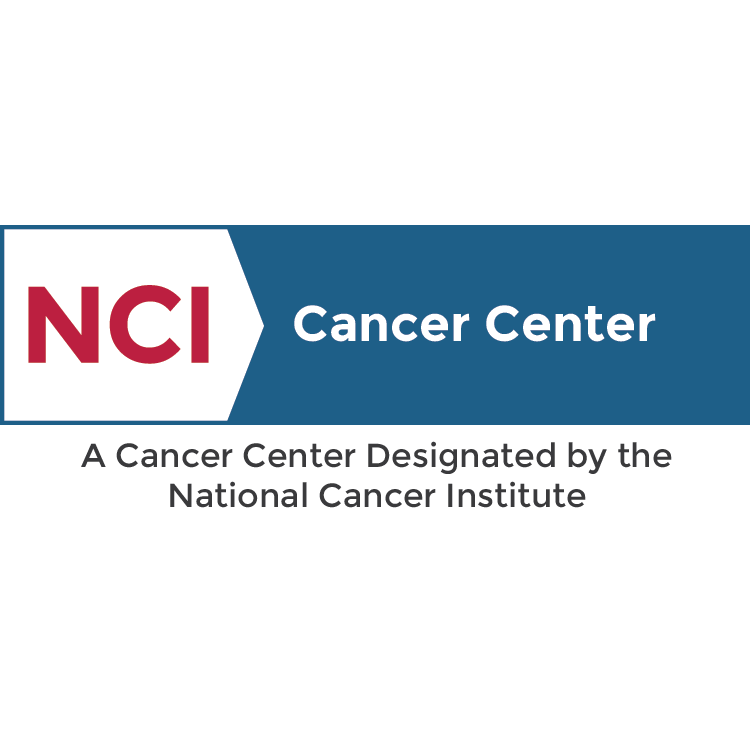
In 1999, University of California at San Francisco Cancer Research Institute received NCI Comprehensive Cancer Center designation. The…
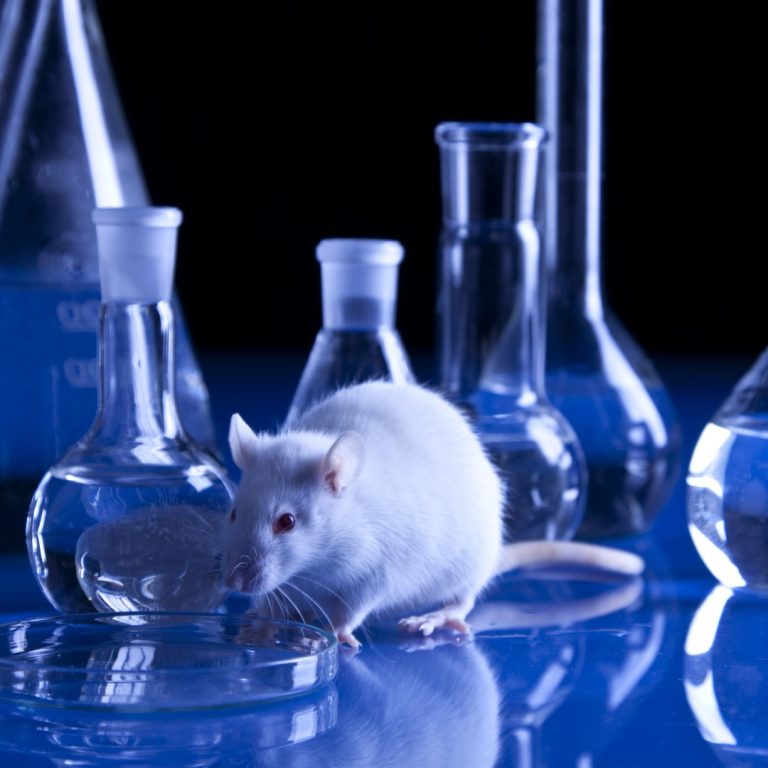
On Oct. 30, 1999, Livermore National Lab work completed work on the mouse genome as part of Laboratory…

On Oct. 12, 1998, Louis J. Ignarro of the University of California School of Medicine was awarded the…
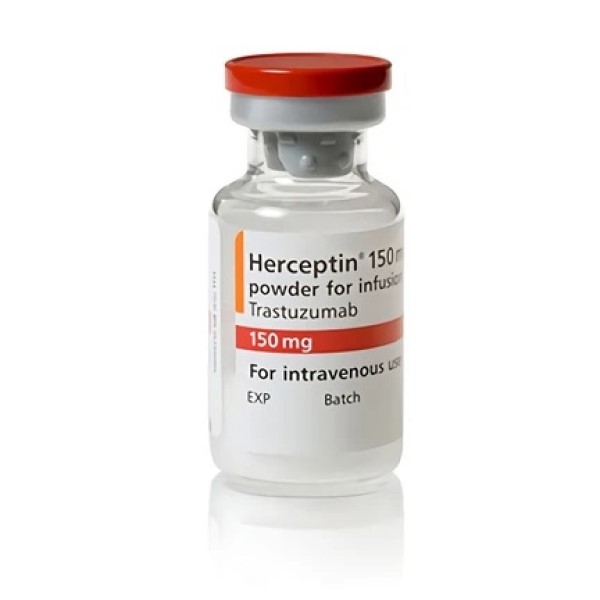
On Sept. 25, 1998, the U.S. Food and Drug Administration (FDA) approved the monoclonal antibody Herceptin (Trastuzumab) for…
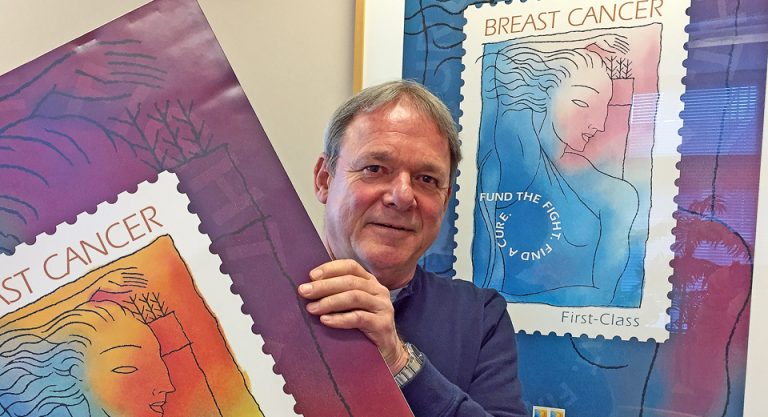
On Jul. 29, 1998, the Stamp Out Breast Cancer stamp was first issued. The driving force behind the…
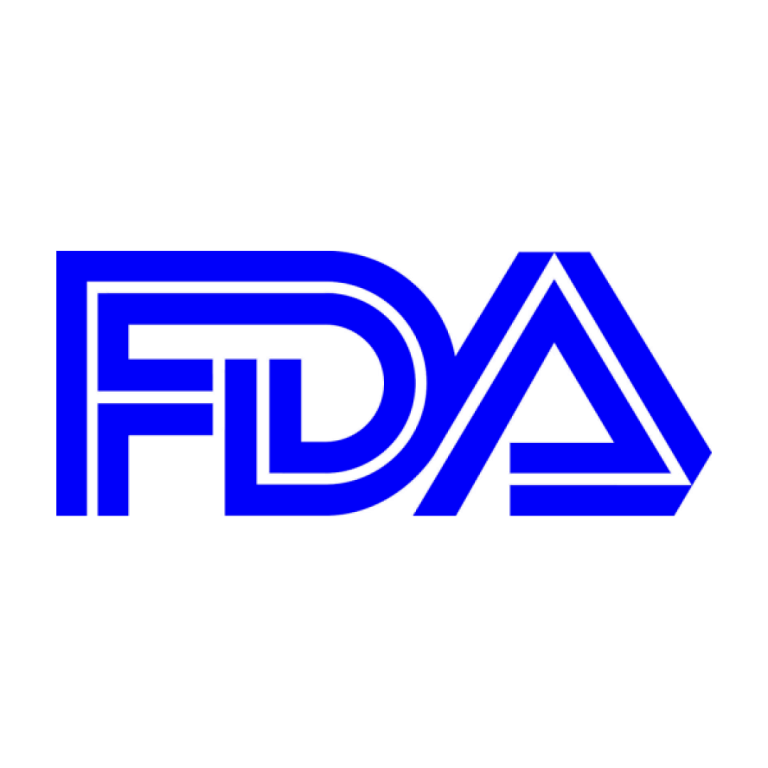
On April 30, 1998, the U.S. Food and Drug Administration (FDA) approved the Genentech’s drug Xeloda (capecitabine) for…
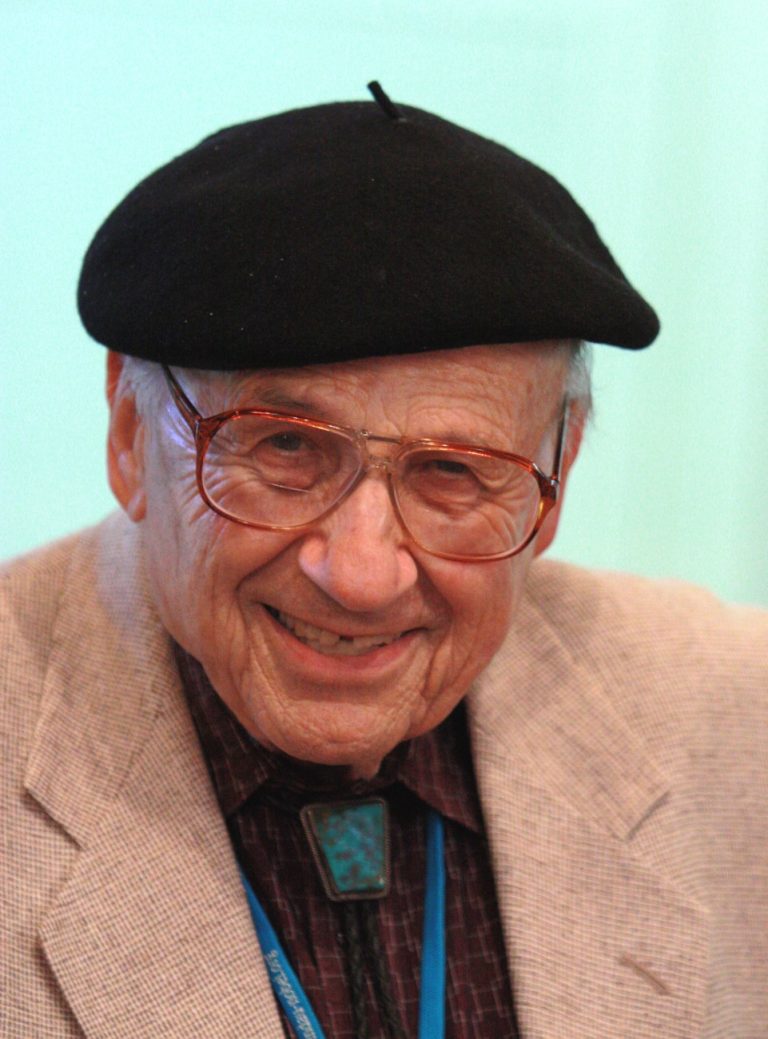
O Oct. 13, 1998, Walter Kohn of the University of California at Santa Barbara was awarded the 1998…

In 1998, National Cancer Institute (NCI) awarded the City of Hope Cancer Center NCI-comprehensive cancer center designation. City…
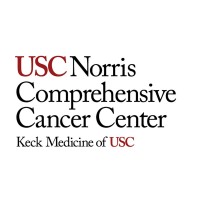
In 1998, The Norris Comprehensive Cancer Center received a $5 million gift from local philanthropist Henrietta Lee which…
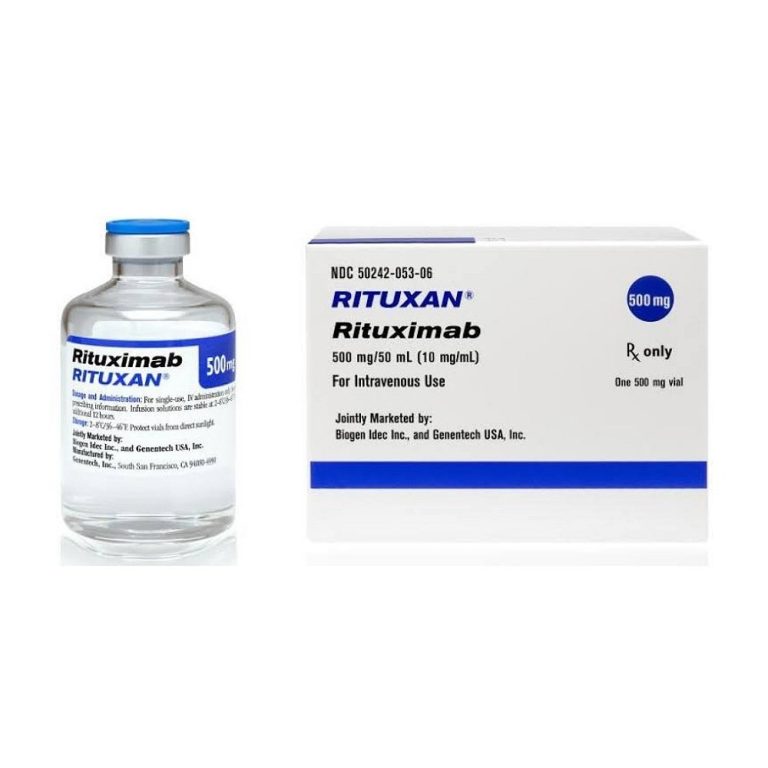
On Nov. 26, 1997, the U.S. Food and Drug Administration (FDA) announced it had approved the Monoclonal antibody…
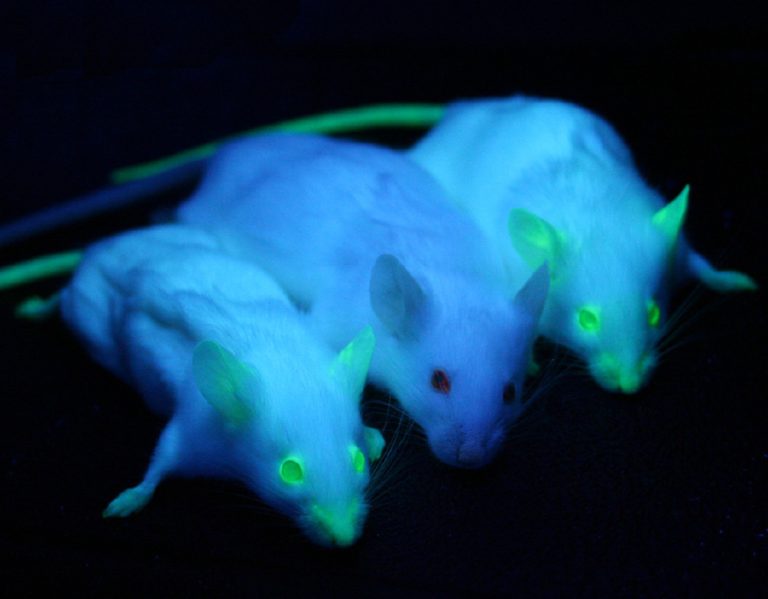
On Oct. 9, 1997, Stanford researchers announced that in a series of experiments performed in mice and rats,…

In 1997, the the University of California, Irvine (UCI) Chao Family Comprehensive Cancer Center (CFCCC) gained NCI designated…
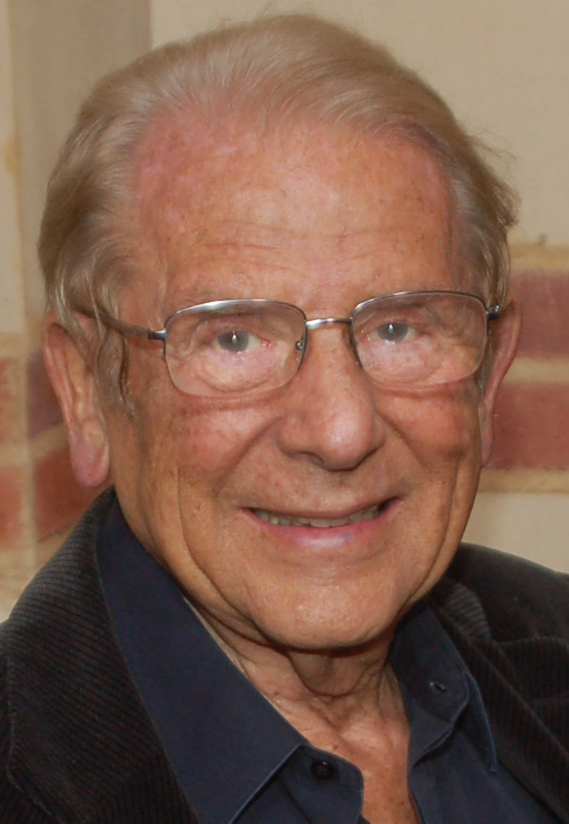
In 1998, Alfred Mann gave $112.5 million to establish the University of Southern California Alfred E. Mann Institute…

In 1997, Paul D. Boyer of the University of California at Los Angeles was awarded the Nobel Prize…
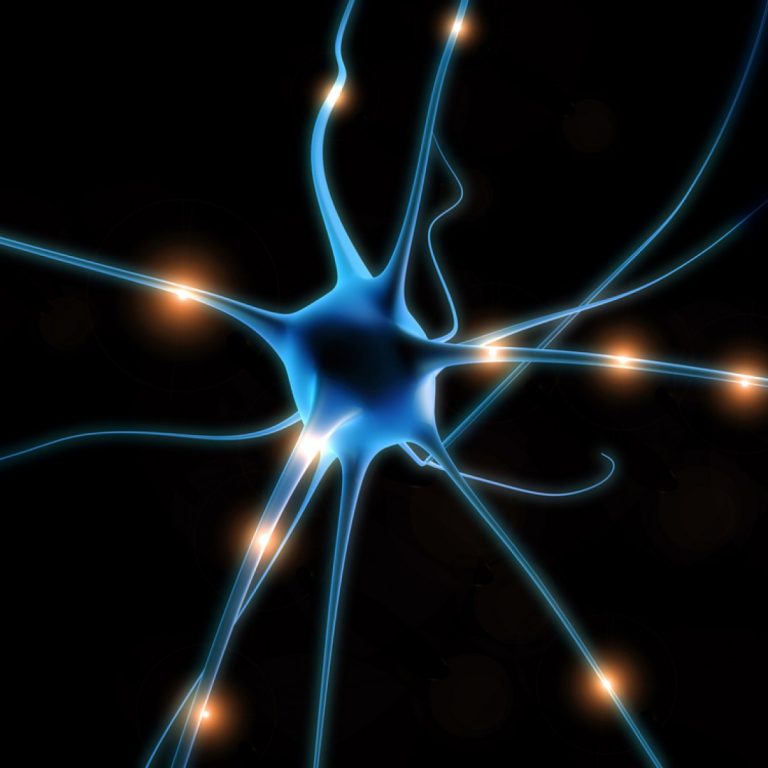
In 1997, the National Fibromyalgia Association (NFA), the largest nonprofit [501(c)3] organization working to support people with fibromyalgia…

On Jan. 2, 1996, Stanford Medicine researchers announced they had discovered that the p53 protein, known to be…
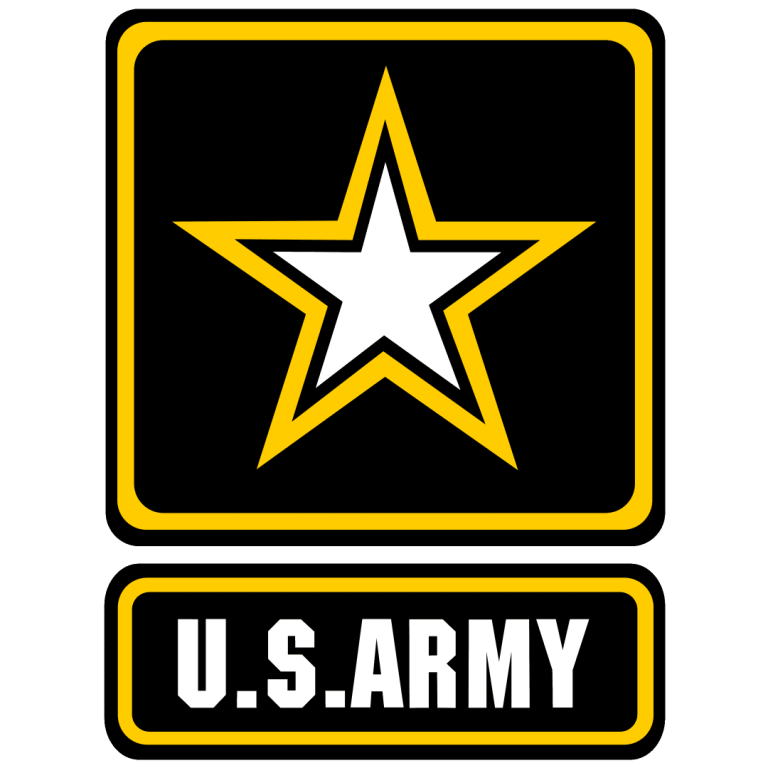
In 1996, Livermore National Lab delivered to the U.S. Army for testing the first fully portable, battery-powered, real-time…
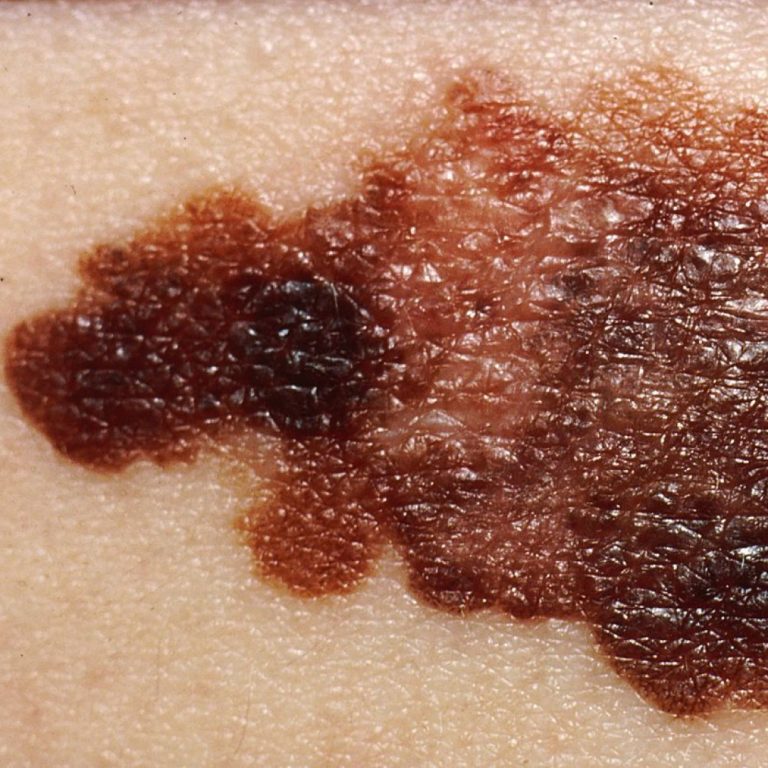
In 1996, Stanford Medicine developmental biologist Matthew Scott and a team at University of California, San Francisco discovered…
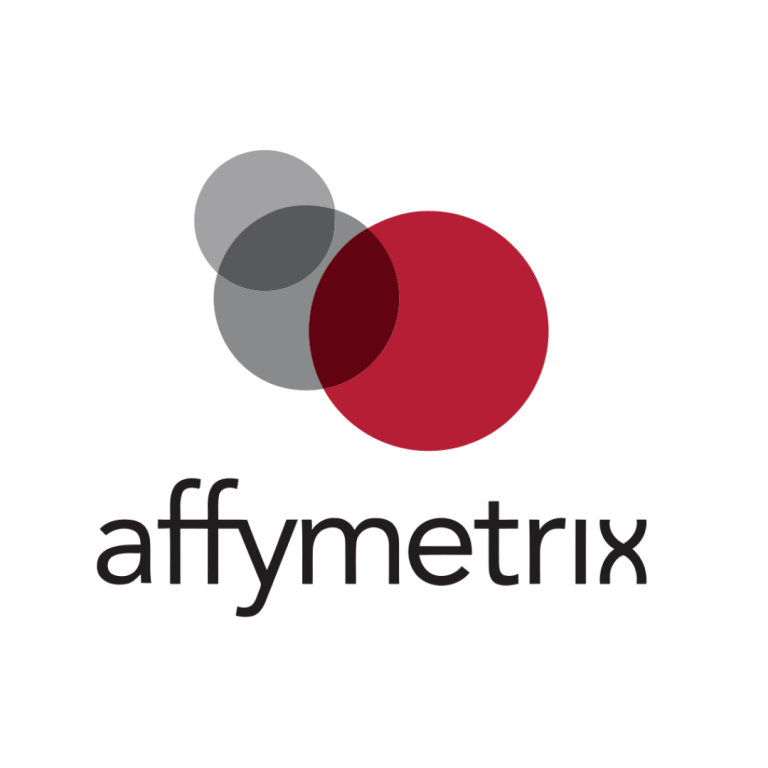
On Dec. 11, 1996, scientists from Stanford University and Affymetrix announced a new high-tech method that used a…

In 1996, the Skaggs Institute for Chemical Biology was established at The Scripps Research Institute, thanks to a…
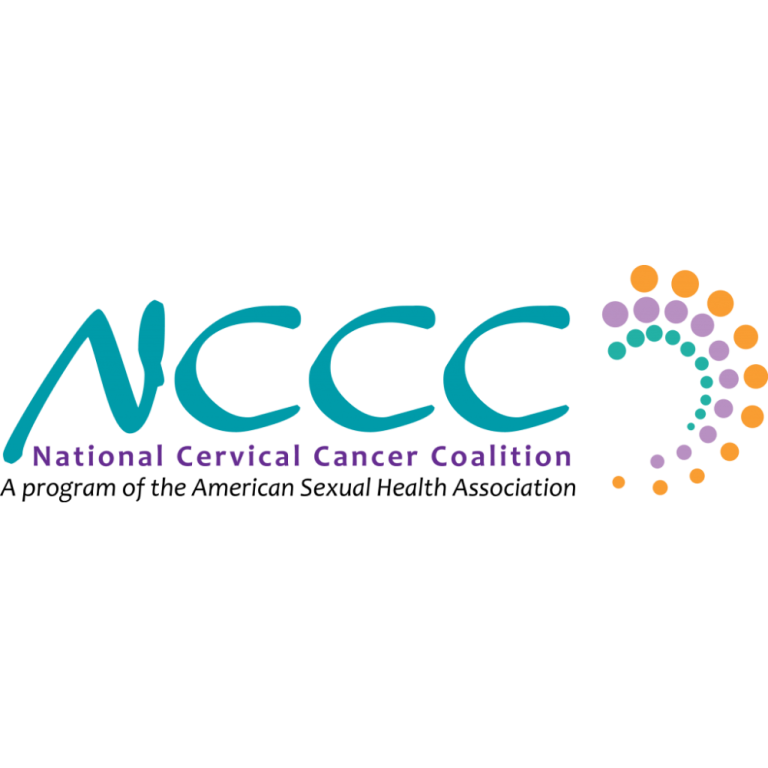
In 1996, the National Cervical Cancer Coalition (NCCC), a growing coalition of people battling cervical cancer and HPV…

On Dec. 29, 1995, the Genentech drug Nutropin AQ ((somatropin) injection for subcutaneous use) was approved by the…

On May 3, 1995, the U.S. Food & Drug Administration (FDA) announced it had approved Genentech’s drug CellCept…
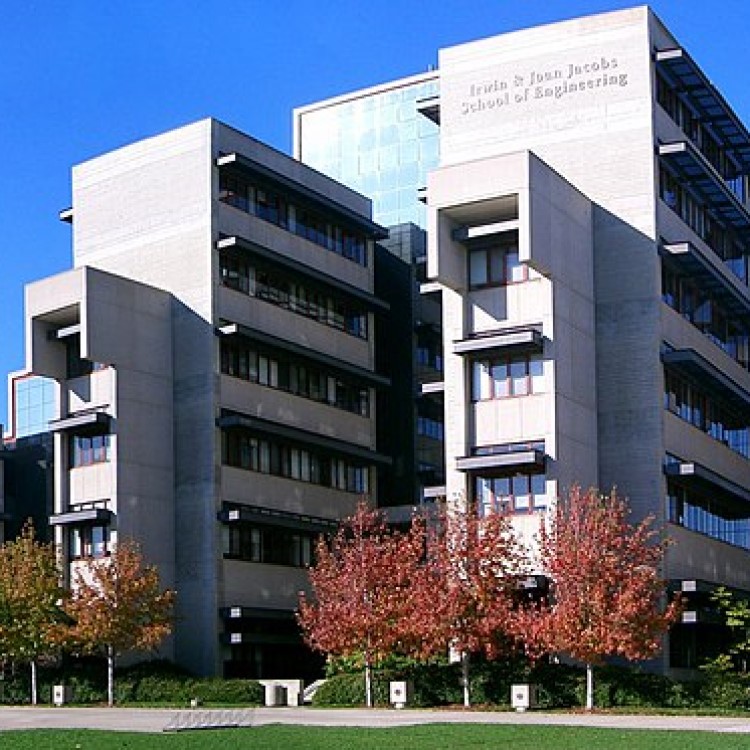
In 1995, the first department of bioengineering in the U.S. was established at the University of California, San…
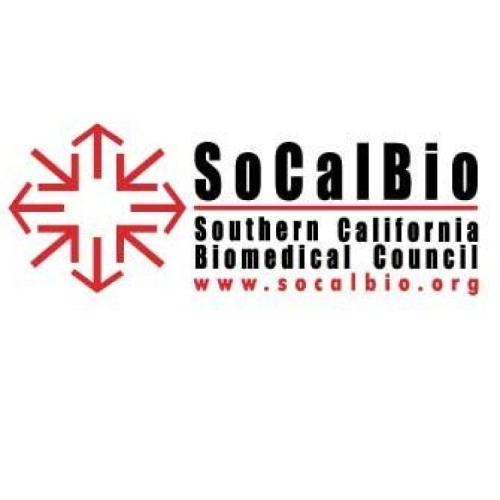
In 1995, Southern California Biomedical Council (SCBC), was founded with support from Rebuild LA (RLA) under its second…

On Oct. 26, 1994, the University of California, Irvine (UCI) Chao Family Comprehensive Cancer Center (CFCCC) gained designated…

On May 17, 1994, the U.S. Food and Drug Administration (FDA) approved of the first genetically modified food:…

In 1994, Amgen announced it had acquired Boulder-based Synergen for a $239.6-million or $9.25 per share. Synergen was…
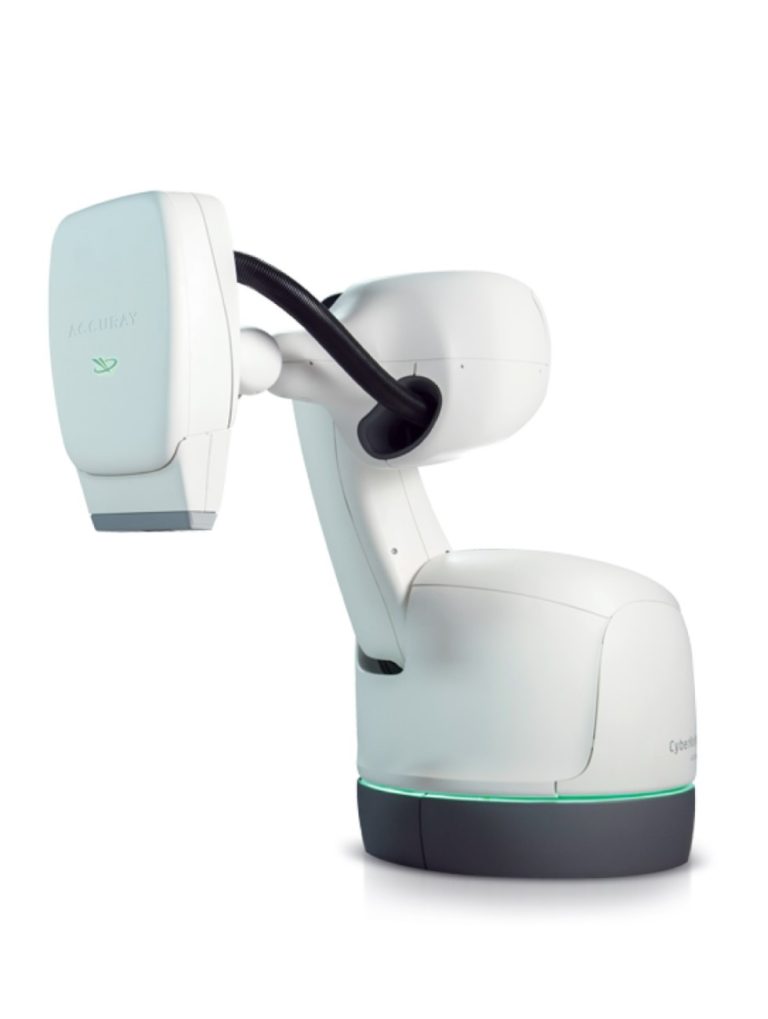
In 1994, CyberKnife developed by John Adler, MD and colleagues at Stanford University. CyberKnife’s special quality is that…